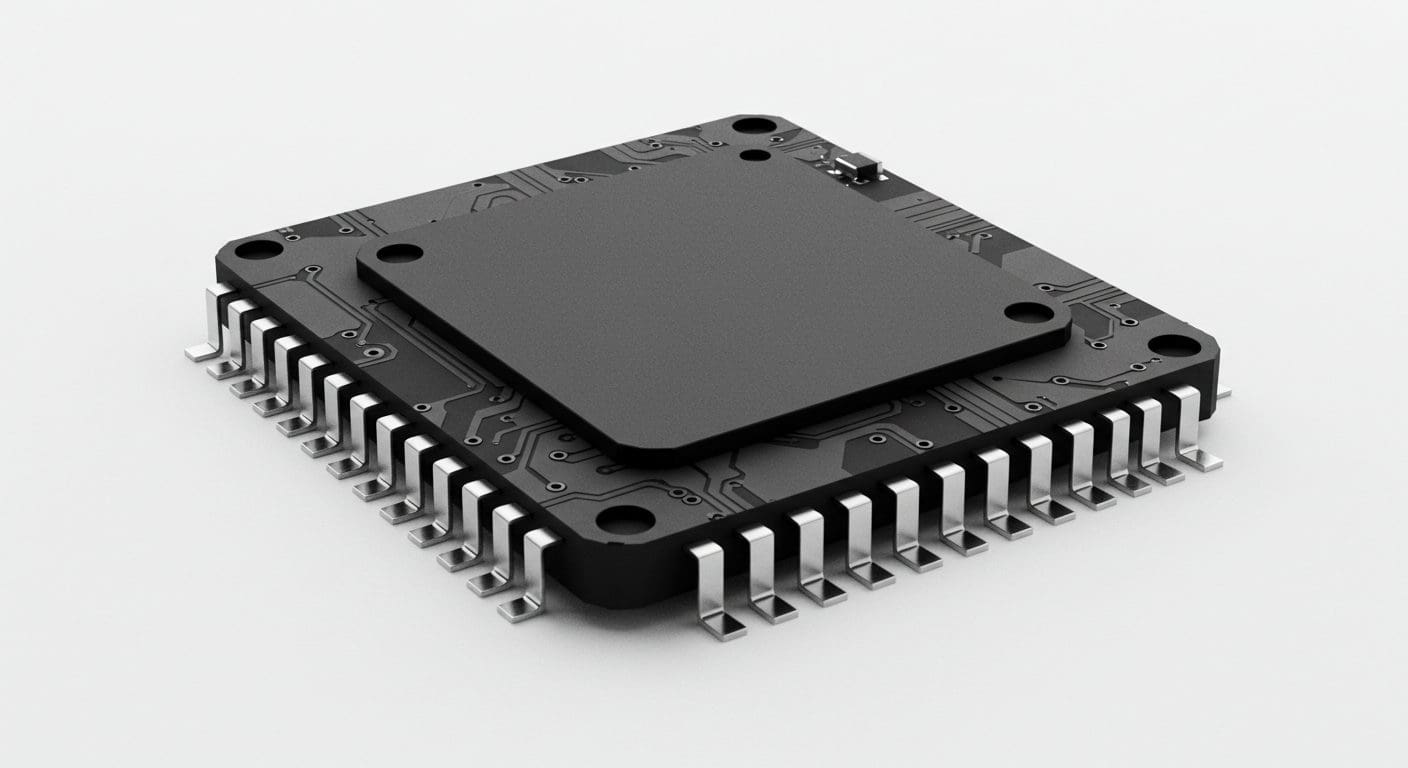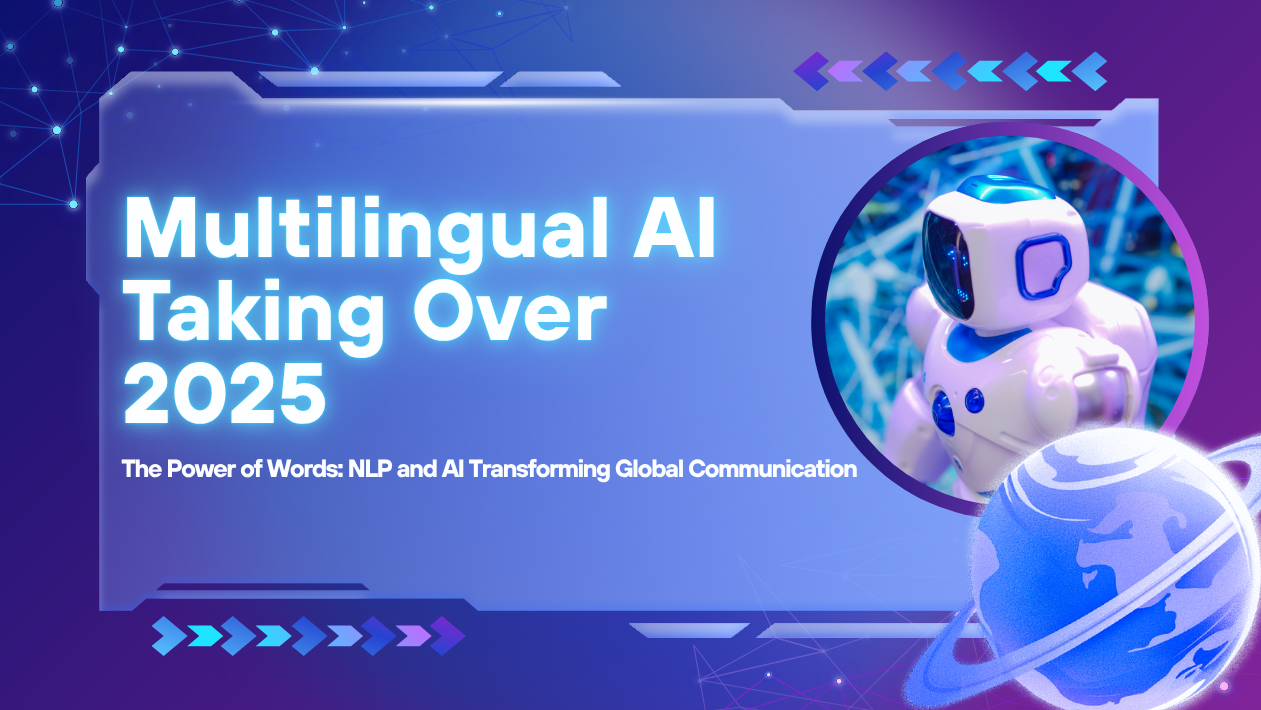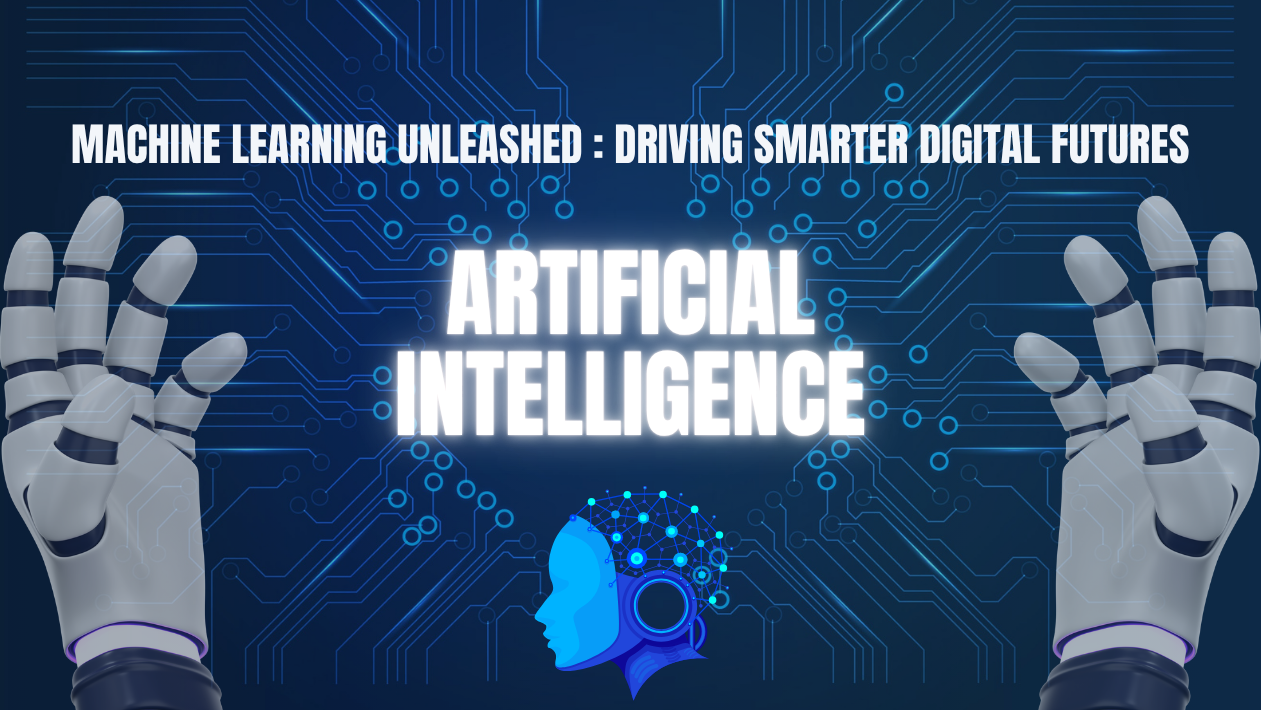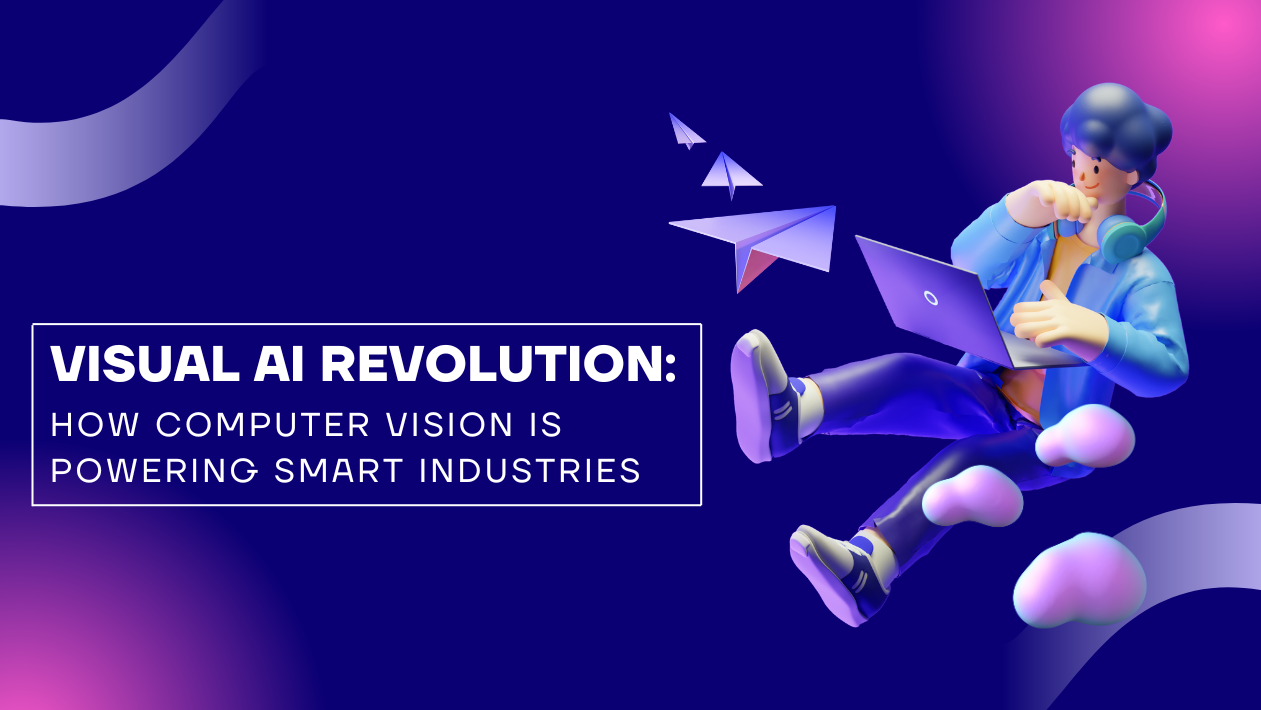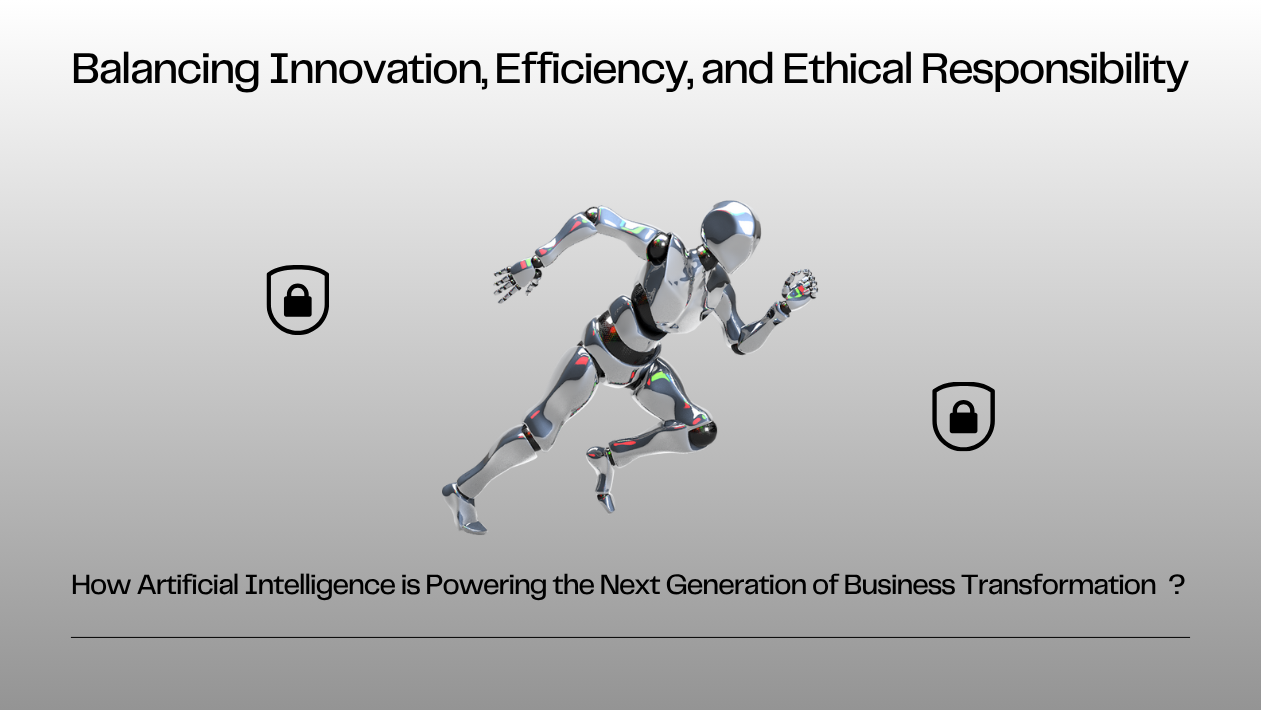In a revolutionary shift for the tech world, Tiny Deep Learning (TDL) is emerging as the future of artificial intelligence—bringing powerful AI capabilities to even the smallest, most resource-constrained edge devices.
From smartwatches and home appliances to drones and medical wearables, TDL is enabling intelligent decision-making right at the source, without relying on cloud servers or massive computing infrastructure.
🔥 Why It’s a Big Deal
For years, AI was the domain of large-scale cloud computing systems, demanding heavy hardware, high bandwidth, and huge energy consumption. But as the Internet of Things (IoT) expands, there’s a growing demand for real-time AI inference on tiny devices that operate with limited power, memory, and processing.
Thanks to innovations in neural network compression, quantization, pruning, and edge-optimized architectures (like TinyML, Edge Impulse, and TensorFlow Lite Micro), developers can now deploy AI models under 1MB—on devices with as little as 32KB RAM.
🌍 Global Impact
This breakthrough is already transforming industries:
- Healthcare: AI-powered wearable devices can now monitor vital signs and detect anomalies on-device—improving diagnostics in remote or low-resource settings.
- Agriculture: Smart sensors analyze crop conditions in real time, reducing water waste and maximizing yields—even in disconnected rural areas.
- Manufacturing: On-site quality control systems use compact AI models for defect detection—without needing internet access or centralized servers.
- Consumer Tech: Voice assistants, gesture recognition, and fitness tracking can now run entirely offline—preserving privacy and cutting latency.
📊 Market Boom
According to Gartner, the Edge AI market is expected to reach $61 billion by 2027, with tiny deep learning models making up a major portion of that growth. Startups and tech giants alike are racing to miniaturize AI while preserving accuracy.
Chipmakers like ARM, NVIDIA, and Qualcomm are already designing processors specifically optimized for TinyML workloads.
🧠 The Tech Behind It
Key enablers include:
- Model Compression: Reducing neural network size via pruning and weight sharing.
- Quantization: Using 8-bit (or smaller) integer models instead of 32-bit floats.
- Architecture Design: Efficient networks like MobileNet, SqueezeNet, and Tiny-YOLO designed for minimal resource use.
- Toolkits: Frameworks such as TensorFlow Lite Micro, uTensor, and CMSIS-NN are driving deployment on MCUs and edge SoCs.
🧩 Challenges Remain
While TDL is promising, challenges like model accuracy trade-offs, energy optimization, and real-time performance tuning remain ongoing areas of research. Moreover, security and OTA updates on edge devices must be robust to prevent vulnerabilities.
🔮 What’s Next?
Experts believe that TDL will democratize AI, putting smart systems in every corner of the world, from remote villages to interplanetary missions. As AI continues to get smaller and smarter, the line between “smart” and “ordinary” devices may blur forever.
“The future of AI is not in data centers,” says Dr. Alina Martinez, AI researcher at MIT. “It’s on your wrist, in your pocket, and embedded in everyday life.”

